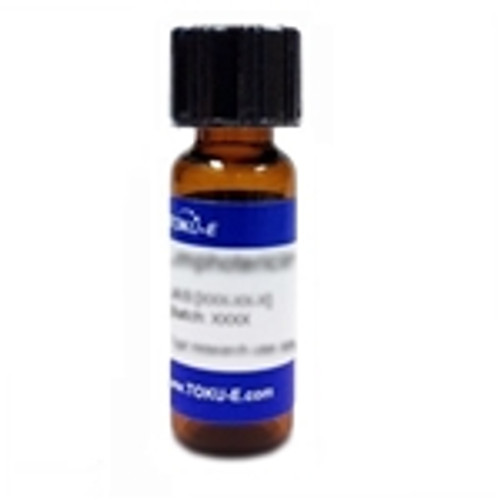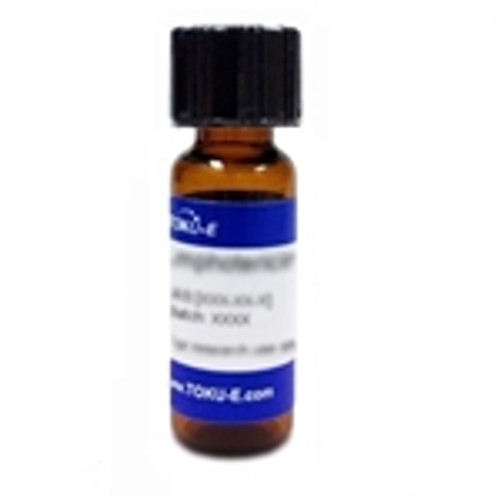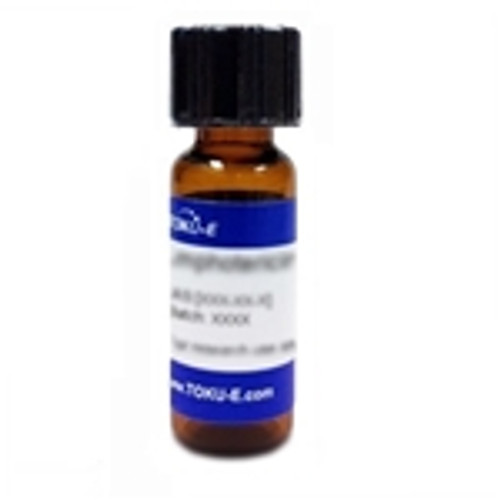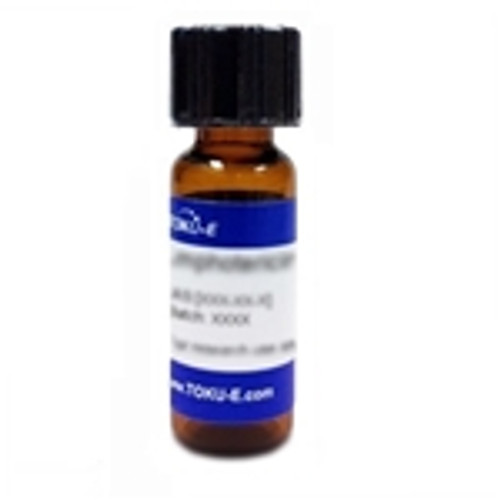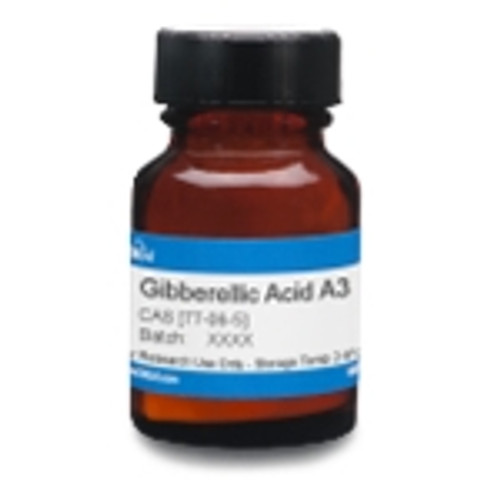Chromomycin A3 is the major component of the chromomycin complex of the aureolic acid class, isolated from several Streptomyces species, and first reported in 1960. Chromomycin A3 exhibits a broad biological profile as an antibacterial, antifungal and antitumor agent. The intense UV spectrum and strong fluorescence makes chromomycin a useful stain for DNA.
Chromomycin A3 is soluble in ethanol, methanol, DMF and DMSO.
Chromomycin A3 is soluble in ethanol, methanol, DMF and DMSO.
| Mechanism of Action | Chromomycin A3 binds reversibly to GC-specific DNA ligand in the minor groove which inhibits transcription, DNA gyrase and topoisomerase II activity. |
| References | Studies on streptomycetes. On a new antibiotic, chromomycin. Shibata M. et al. J. Antibiotics Ser. B, 1960, 13, 1. Aureolic acid group of anti-tumor antibiotics. Berlin Y. A. Nature 1968, 218, 193. Transcriptional regulation of differentiation, selective toxicity and ATGCAAAT binding of bisbenzimidazole derivatives in human melanoma cells. Wong S. et al. Biochem. Pharmacol. 1994, 47, 827. Specific staining of DNA with the fluorescent antibiotics, mithramycin, chromomycin, and olivomycin. Crissman H. A. & Tobey R. . Methods. Cell Biol. 1990, 33, 97. |

